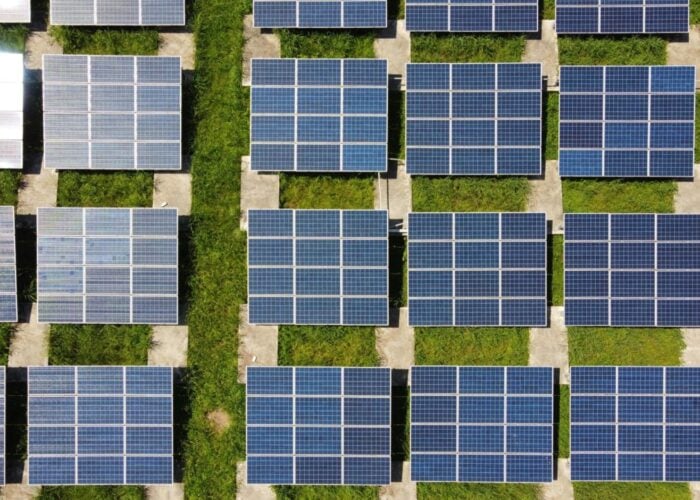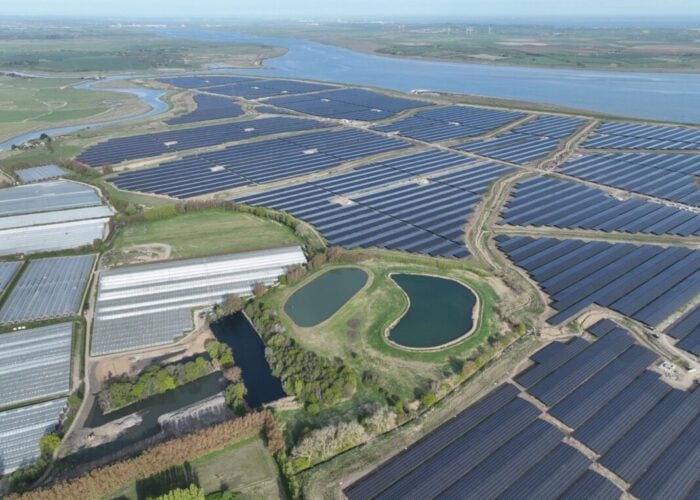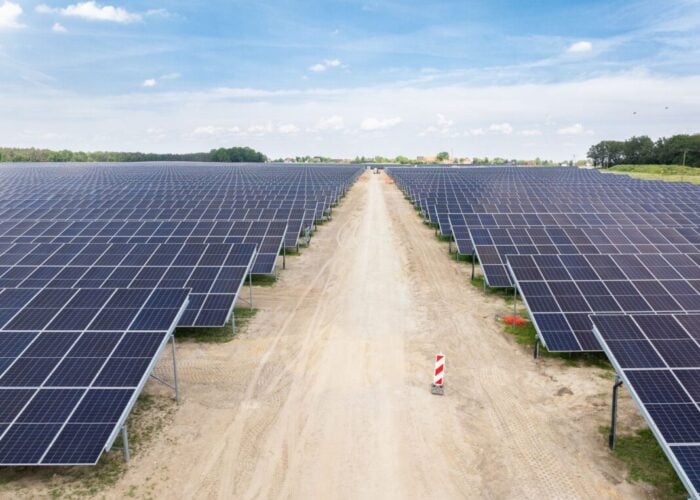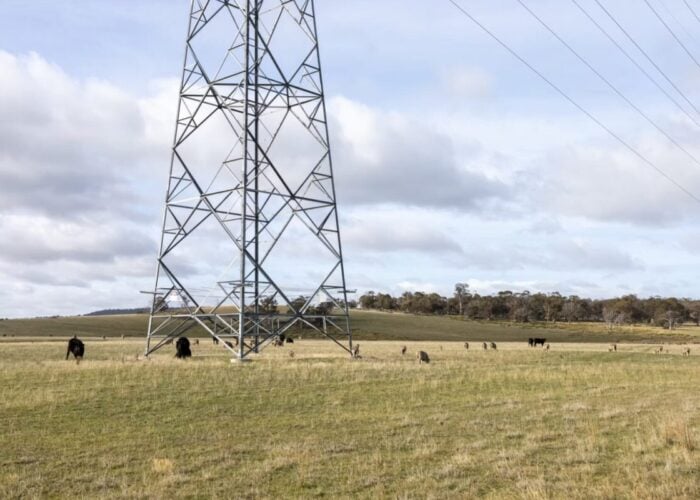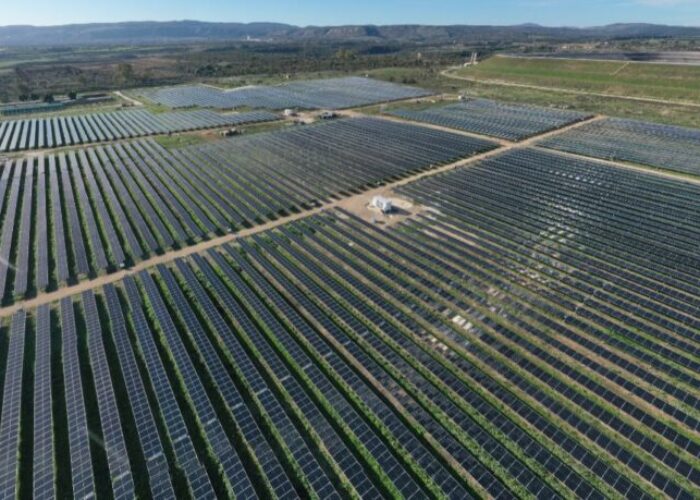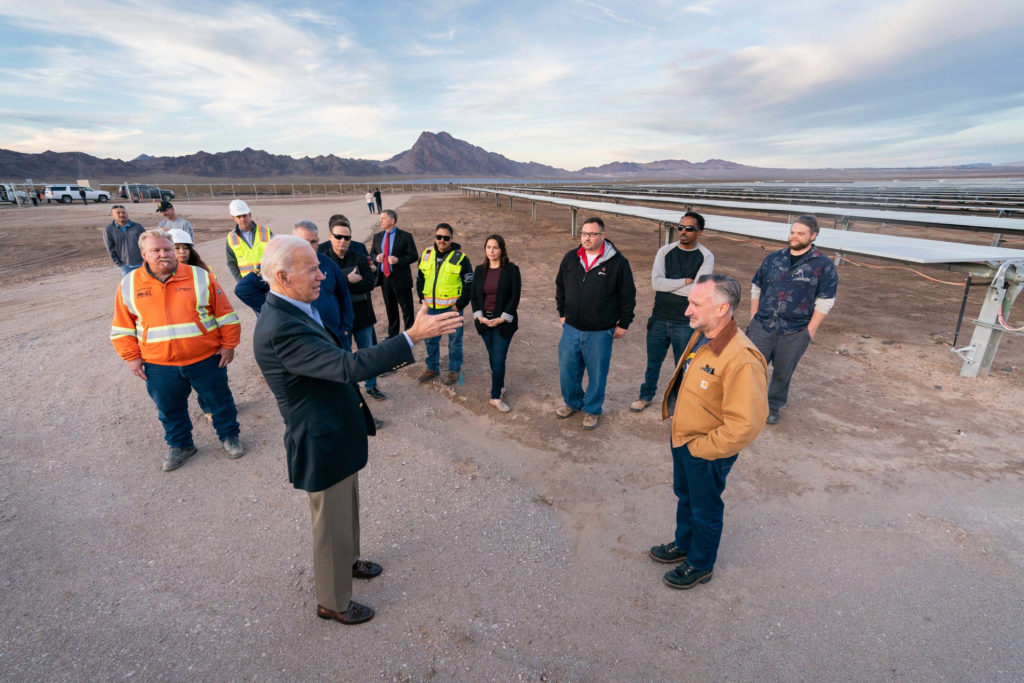
Solar PV could provide up to 40% of the US’ total power demand by 2035, but only if annual installations quadruple by the middle of the decade.
The US Department of Energy (DOE) has made the conclusion within a new study, published today, which details how solar PV could become the nation’s largest source of electricity by 2035, with the solar sector employing as many as 1.5 million people.
Unlock unlimited access for 12 whole months of distinctive global analysis
Photovoltaics International is now included.
- Regular insight and analysis of the industry’s biggest developments
- In-depth interviews with the industry’s leading figures
- Unlimited digital access to the PV Tech Power journal catalogue
- Unlimited digital access to the Photovoltaics International journal catalogue
- Access to more than 1,000 technical papers
- Discounts on Solar Media’s portfolio of events, in-person and virtual
The Solar Futures Study, prepared for the DOE by its National Renewable Energy Laboratory (NREL), calls for a significant, yet equitable upscaling of solar PV and other renewable power installations in the US over the course of the coming decade.
It states that solar’s contribution to national power demand could rise from today’s 3% to 40% by 2035, with total solar generation capacity skyrocketing to as much as 3TW by 2050 due to further electrification of transport, heating and other heavy industries.
However to achieve that target annual installs must grow to an average of 30GW between now and 2025, before doubling to an average of 60GW per year between 2025 and 2030. Last year the US notched a new record for solar installations of 15GWac.
In total, solar PV would need to have a total installed capacity of nearly 1TW by 2035 to establish a renewables-dominant grid in the US.
The study is likely to draw into stark focus recent regulatory moves in the US which have threatened to disrupt the supply of solar PV modules into the country from Chinese manufacturers. A Withhold Release Order (WRO) on silicon products produced by leading polysilicon provider Hoshine Silicon Industry is now said to be being enforced in earnest, while last week the World Trade Organisation dismissed a challenge to import tariffs placed on solar cells and modules from China.
Meanwhile petitions filed with the Department of Commerce in July by a coalition of unnamed US-based solar manufacturers seeking to extend anti-dumping and countervailing duties to Southeast Asia-based subsidiaries of some of the solar industry’s largest module makers could disrupt supply further.
Developers and EPCs in the US have signalled to PV Tech their concern over industry supply chains as a result of policy decisions.
But the study itself highlights the need for supportive decarbonisation policies, along with advanced technologies, to further reduce the cost of solar PV. Grid reinforcements will also be necessary to increase solar’s proliferation across the US, with the DOE’s study indicating that storage deployment will soar from 30GW today to nearly 400GW in 2035 and 1.7TW by 2050.
US Energy Secretary Jenniger Granholm said the study establishes solar as the US’ cheapest and fastest-growing source of clean energy, capable of powering all of the country’s homes by 2035.
“Achieving this bright future requires a massive and equitable deployment of renewable energy and strong decarbonization polices – exactly what is laid out in the bipartisan Infrastructure Investment and Jobs Act and President Biden’s Build Back Better agenda,” she said.
More to follow…

